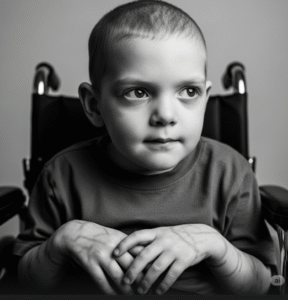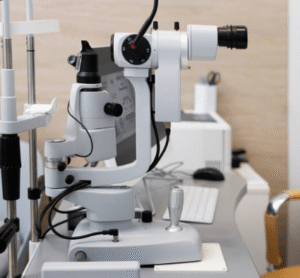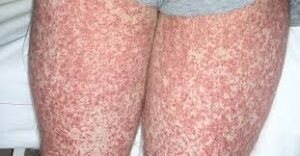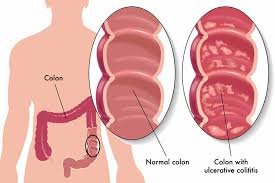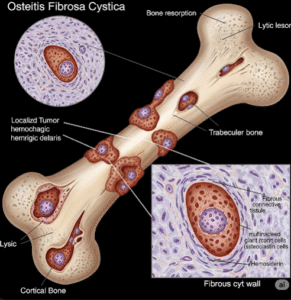Overview
Cardiac failure—commonly called heart failure (HF)—is a chronic condition in which the heart cannot pump enough blood to meet the body’s needs. It can develop suddenly (acute) or progress over time (chronic). With Korea’s aging population and high rates of hypertension, diabetes, and coronary disease, HF is a major health issue. Korean tertiary hospitals offer guideline-based diagnostics, advanced drug therapy, minimally invasive procedures, cardiac rehabilitation, and—when needed—mechanical support and transplantation.
What is Cardiac Failure?
Heart failure is a clinical syndrome caused by structural or functional cardiac problems that impair filling (diastolic dysfunction) and/or ejection (systolic dysfunction) of blood. It is commonly categorized as:
- HFrEF: Reduced ejection fraction (≤40%).
- HFmrEF: Mildly reduced EF (41–49%).
- HFpEF: Preserved EF (≥50%) with symptoms due to impaired relaxation/stiffness.
Triggers include myocardial injury (e.g., heart attack), long-standing high blood pressure, valve disease, and cardiomyopathies.
Symptoms
- Shortness of breath (exertional → at rest), orthopnea, paroxysmal nocturnal dyspnea
- Fatigue, reduced exercise tolerance
- Leg/ankle swelling, abdominal bloating, rapid weight gain from fluid
- Persistent cough/wheeze, pink frothy sputum (acute pulmonary edema)
- Palpitations, dizziness; in advanced cases, confusion or poor appetite
Causes
- Coronary artery disease / prior myocardial infarction
- Hypertension (long-standing, uncontrolled)
- Valvular heart disease (aortic/mitral stenosis or regurgitation)
- Cardiomyopathies (dilated, hypertrophic, restrictive)
- Arrhythmias (e.g., atrial fibrillation with rapid rates)
- Congenital heart disease, myocarditis, peripartum cardiomyopathy
- Metabolic/toxic: diabetes, thyroid disorders, alcohol, chemotherapy (e.g., anthracyclines)
Risk Factors
- Age ≥60, male sex (earlier onset), family history of cardiomyopathy
- Hypertension, diabetes, dyslipidemia, obesity, smoking
- Coronary disease, prior heart attack, valvular disease
- Chronic kidney disease, sleep apnea
- High salt diet, sedentary lifestyle, excessive alcohol
Complications
- Recurrent hospitalizations, acute pulmonary edema
- Arrhythmias (atrial fibrillation; ventricular tachycardia/fibrillation) → sudden cardiac death
- Cardiorenal syndrome (worsening kidney function)
- Thromboembolism and stroke (especially with AF)
- Hepatic congestion, cachexia, impaired quality of life and survival
Prevention
- Control blood pressure, cholesterol, and diabetes aggressively
- Quit smoking; limit alcohol; maintain healthy weight and regular exercise
- Heart-healthy diet (DASH/Mediterranean), low sodium intake
- Identify and treat coronary disease early; manage sleep apnea
- For cancer patients: cardio-oncology monitoring when on cardiotoxic drugs
- Routine checkups for those with family history of cardiomyopathy
Treatment Options in Korea
Diagnosis & Monitoring
- Echocardiography (EF, diastolic function, valves), ECG
- Natriuretic peptides (BNP/NT-proBNP), troponin, renal/electrolyte panels
- Chest X-ray, cardiac MRI for tissue characterization (amyloid, myocarditis)
- Coronary evaluation (CT angiography or invasive angiography) when ischemia suspected
- Wearables and remote monitoring programs are widely used in large Korean centers.
Guideline-Directed Medical Therapy (GDMT)
- ARNI (sacubitril/valsartan) or ACEI/ARB
- Evidence-based beta-blockers (carvedilol, metoprolol succinate, bisoprolol)
- MRA (spironolactone/eplerenone)
- SGLT2 inhibitors (dapagliflozin/empagliflozin) for HFrEF—and increasingly for HFpEF
- Diuretics (loop ± thiazide) for congestion; vasodilators if needed
- Iron repletion (IV ferric carboxymaltose) for iron deficiency to improve symptoms
- Manage comorbidities: AF rate/rhythm control and anticoagulation when indicated; BP, diabetes, sleep apnea.
Device & Procedural Therapies
- Implantable cardioverter-defibrillator (ICD) for primary/secondary prevention of sudden death in eligible HFrEF
- Cardiac resynchronization therapy (CRT) for LBBB with wide QRS and reduced EF
- Transcatheter valve interventions (e.g., TAVR, MitraClip) for suitable valve disease
- Revascularization (PCI/CABG) for ischemic HF
- Remote hemodynamic monitoring and ambulatory diuretic clinics in select centers
Advanced Heart Failure Care
- Inotropes for cardiogenic shock/bridge therapy
- Mechanical circulatory support: intra-aortic balloon pump (IABP), Impella, ECMO for acute decompensation
- Durable LVAD (left ventricular assist device) as bridge-to-transplant or destination therapy
- Heart transplantation at accredited Korean programs
Rehabilitation & Self-Management
- Cardiac rehabilitation (monitored exercise, education, psychosocial support)
- Daily weights, sodium restriction (typically 2 g/day), fluid restriction for hyponatremia
- Vaccinations (influenza, pneumococcal) to reduce respiratory triggers
- Telehealth follow-up and pharmacist-led medication optimization are common in Korean tertiary hospitals.


